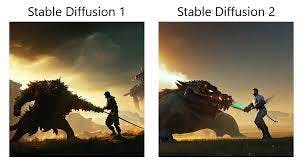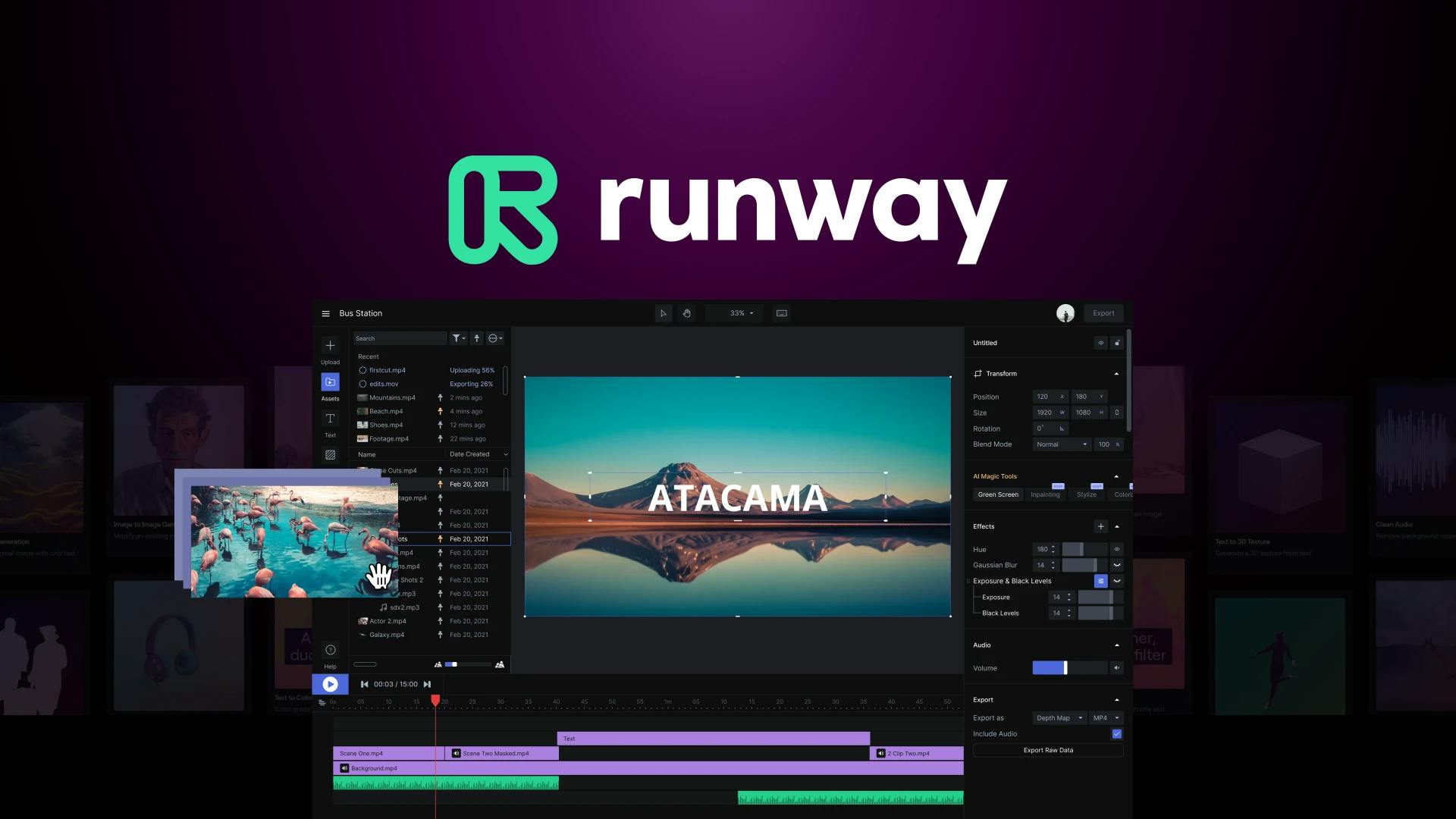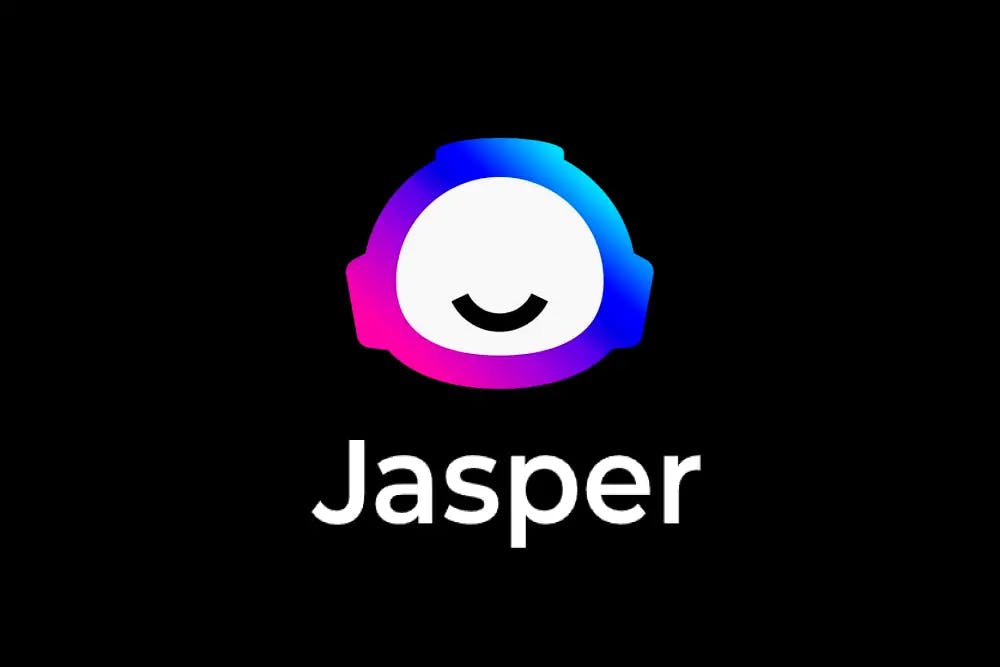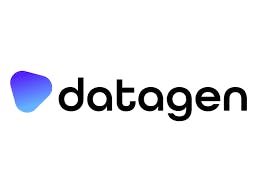Generative AI is transforming the way we create content, design products and discover new ideas. It uses machine learning to generate new data that resembles the training data.
Generative Artificial Intelligence (AI) tools have taken the world by storm, reshaping how we create art, music, and even text. These innovative tools leverage deep learning and neural networks to generate content autonomously, inspiring creativity and pushing the boundaries of what's possible. In this blog, we'll explore the top 17 generative AI tools that are transforming the creative landscape across various domains.
Here are the top 17 generative AI tools that are pushing the boundaries of creativity:
Stable Diffusion
An image generation model that can create realistic images based on text descriptions. It has democratized access to generative AI for creators and artists.

Jasper
Jasper is your creative AI assistant who can learn and write in your unique brand tone. Whether you speak boldly, cheekily, formally, or only on the internet speak (👋 u do u). Plus, the Jasper Everywhere browser extension keeps Jasper by your side, from your CMS to email to social media to your own company platform with Jasper API. Most importantly, Jasper keeps your data safe and private with built-in security features that stay up-to-date as security protocols evolve.

Wombo Dream
A simple and easy-to-use app for creating art using AI. It generates dreamlike images based on text prompts.

NightCafe Creator
Another tool for generating art is AI. It supports creating images based on text prompts or by combining existing images.

Midjourney
Midjourney is an AI image generator that uses machine learning to create digital art from text descriptions. Here is a detailed look at Midjourney:
Midjourney is a generative AI tool built by a team of machine learning researchers and artists. It uses machine learning models like diffusion models and transformers to generate digital images from text prompts. Users simply type in a text prompt describing the kind of image they want and Midjourney creates a series of images based on that description.
The AI model at the heart of Midjourney was trained on a vast dataset of existing artworks spanning various styles and genres. This allows Midjourney to generate images in a wide range of creative styles including surrealism, fantasy, sci-fi, hyperrealistic, and more. Users have a fair bit of control over the final output by fine-tuning their text prompts and choosing from the generated images.

Craiyon
Craiyon (formerly DALL·E mini) is a free AI image generator that allows you to create images from text descriptions. Some key things to note about Craiyon:
• You provide a text prompt describing what you want the image to contain (e.g. "a futuristic city at night"), and Craiyon generates a corresponding image.
• Craiyon uses a technique called diffusion models to generate the images. It was trained on a large dataset of images found on the internet.
• The images generated by Craiyon tend to be surreal and dreamlike in quality. It often gets details and proportions wrong, but still manages to capture the overall concept described in the text prompt.
• Craiyon was created by a team of researchers at OpenAI but is not related to OpenAI's larger DALL·E 2 model. It is a smaller, more limited version meant for public use.
• The images generated by Craiyon have a maximum resolution of 128x128 pixels. Higher resolution would require significantly more computational resources.
• Craiyon is meant for fun, creative purposes. The images it generates are not always realistic or accurate, so it's not suitable for commercial or high-stakes applications.
• Despite its limitations, Craiyon has become popular due to its ease of use and ability to generate surprisingly creative and trippy images from text.

Wordtune
An AI content generator that helps create blog posts, product descriptions, social media captions, and more.

ChatGPT
ChatGPT is an AI chatbot developed by OpenAI that can carry on a conversation, answer questions, and provide information. Some key things to note about ChatGPT:
• It is powered by a large language model called GPT-3. This model was trained on a huge amount of text data which allows it to generate human-like responses.
• It can provide information on a wide range of topics including science, technology, history, arts, and more. It draws from its stored knowledge and also searches the web for information when needed.
• It can be used to get explanations, summaries, and examples for various concepts. It can also generate code snippets to illustrate programming concepts.
• While it can often provide helpful and insightful responses, ChatGPT does have its limitations. It is still prone to providing inaccurate or incomplete information at times.
• It is important to verify any important information provided by ChatGPT using other sources as well to ensure accuracy.
• ChatGPT was released by OpenAI in November 2022. It has quickly gained popularity due to its impressive capabilities and ease of use.

MuseNet
An AI that can compose music in the style of Bach, Mozart, and more popular composers. It generates 4-minute musical compositions from text prompts.

Jukebox
An AI system that generates music in the style of any artist. It has recreated the voices of dead singers using only their existing recordings.

GROBID
GROBID is a machine learning library for extracting, parsing, and re-structuring raw documents such as PDF into structured XML/TEI encoded documents with a particular focus on technical and scientific publications. The first developments started in 2008 as a hobby, following a suggestion by Laurent Romary (Inria, France). In 2011, the tool has been made available in open source. Work on GROBID has been steady as a side project since the beginning and is expected to continue as such, facilitated in particular by the continuous support of Inria.

Runway ML
Runway ML is an AI platform that allows anyone to build and deploy AI applications without writing any code. Some key things to note about Runway ML:
• It provides a simple visual interface where you can drag and drop pre-trained AI models to quickly build AI applications. No coding is required.
• Runway ML has a library of over 500 pre-trained AI models covering tasks like image classification, object detection, style transfer, text generation, and more. These models come from sources like TensorFlow Hub, Hugging Face, and Google.
• You can train and fine-tune models directly in Runway ML using their built-in notebook environment.
• Runway ML allows you to deploy your AI applications as web apps, mobile apps, APIs, and even embedded devices.
• They provide tools for data annotation and model management to scale your AI projects.
• Runway ML targets non-technical users like designers, marketers, product managers, etc. who want to build AI applications without coding.
• They have a free tier as well as paid tiers for more storage, models, and users.

Hugging Face
Hugging Face is a platform that provides tools and access to top AI models to enable developers, data scientists, and researchers to easily build applications using the latest advances in natural language processing and artificial intelligence. Hugging Face hosts pre-trained models from top AI researchers for tasks like text generation, summarization, classification, translation, and more. This includes models like GPT-2, BERT, and RoBERTa. Hugging Face provides an easy-to-use API and SDK for Python, JavaScript, and other languages to use these models in your own applications and research. The Hugging Face Hub is a repository where AI researchers can upload and manage their own models. This allows for easy sharing and reuse of models. Hugging Face aims to democratize access to state-of-the-art AI models through its platform, tools, and community. Their model hub, APIs, and notebook environment make it easy to leverage the latest NLP and AI advances in your own applications and research.

AI Dungeon
AI Dungeon is a text-based, AI-generated fantasy simulation with infinite possibilities. Unlike most games where you experience worlds created by game designers, with AI Dungeon, you can direct the AI to create worlds, characters, and scenarios for your character to interact with. You could lead an army fighting back an alien invasion, or be a mythical detective investigating the attempted assassination of the fairy queen.

Anthropic Studio
An AI research lab focused on developing and safely releasing powerful generative AI systems.

Jasper
Jasper is your creative AI assistant who can learn and write in your unique brand tone. Whether you speak boldly, cheekily, formally, or only on the internet speak. Plus, the Jasper Everywhere browser extension keeps Jasper by your side, from your CMS to email to social media to your own company platform with Jasper API. Most importantly, Jasper keeps your data safe and private with built-in security features that stay up-to-date as security protocols evolve. Over 100K customers are creating unique, ownable content with Jasper. Founded in 2021, Jasper has been recognized as "one of America's fastest-growing private companies" by Inc. 5000.

Datagen
Datagen is powering the AI revolution by providing high-performance synthetic data, with a focus on data for human-centric computer vision applications. Datagen developed an end-to-end self-serve synthetic data platform that generates visual data which is both photorealistic and high-variance. The Datagen platform allows Computer Vision engineers to create high-fidelity synthetic data with granular control and in a scalable manner. Fortune 500 companies rely on Datagen to develop their future products in the worlds of AR/ VR/ Metaverse, In-cabin Vehicle Safety, Robotics, IoT Security, and more. Founded in 2018, Datagen is led and backed by world-renowned AI experts.

Conclusion
In Conclusion, generative AI is demonstrating huge potential to revolutionize the way we create and innovate. With continued responsible development and governance, it could enhance human productivity and creativity in meaningful ways. However, the risks also need to be carefully managed to ensure that generative AI develops in a safe, transparent and trustworthy manner.
